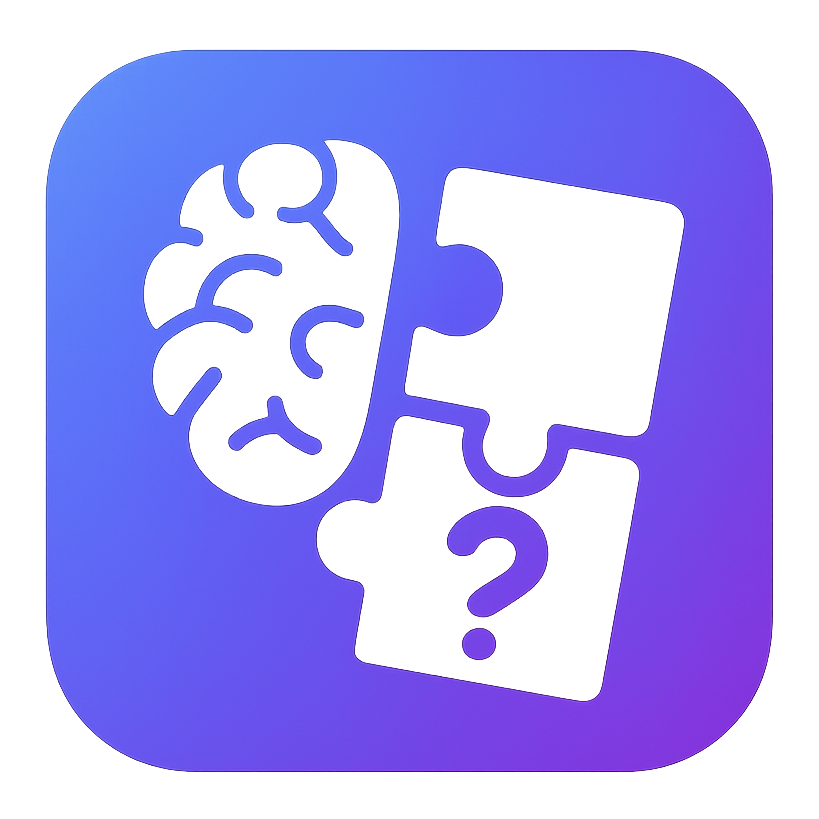Master Your Memory
Unlock the full potential of your memory with scientifically-proven techniques, exercises, and strategies. Transform your ability to remember, learn, and retain information effectively.
Understanding How Memory Works
Memory is a complex cognitive process that can be trained and improved with the right techniques
Types of Memory
Working Memory
The mental workspace where you temporarily hold and manipulate information. It's like your brain's notepad.
Short-term Memory
Temporary storage for information that you're actively processing or recently encountered.
Long-term Memory
Permanent storage for information that has been processed and consolidated. This is your brain's filing system.
The Memory Process
Encoding
Information enters your brain through your senses and gets processed into a form that can be stored.
Storage
The information is stored in your brain's neural networks, creating lasting connections between neurons.
Retrieval
When you need the information, your brain searches through its networks to find and recall the stored memory.
Proven Memory Techniques
These scientifically-backed techniques can dramatically improve your memory and recall abilities
Method of Loci
Also known as the "Memory Palace," this ancient technique uses familiar locations to store and retrieve information.
How to use:
- 1. Choose a familiar place (your home)
- 2. Create a mental route through it
- 3. Place items to remember at specific locations
- 4. Walk the route to recall information
Chunking
Break large amounts of information into smaller, manageable chunks that are easier to remember.
Example:
Phone number: 123-456-7890 instead of 1234567890
Spaced Repetition
Review information at increasing intervals to strengthen memory retention over time.
Schedule:
- • Day 1: Learn
- • Day 3: Review
- • Day 7: Review
- • Day 14: Review
Mnemonics
Use acronyms, rhymes, or associations to make information more memorable and easier to recall.
Example:
ROY G. BIV for rainbow colors (Red, Orange, Yellow, Green, Blue, Indigo, Violet)
Visualization
Create vivid mental images to represent information, making it more memorable and easier to recall.
Tips:
- • Make images vivid and colorful
- • Use movement and action
- • Make them unusual or funny
Association
Connect new information to things you already know, creating stronger memory pathways.
Types:
- • Similar sounds or meanings
- • Personal experiences
- • Emotional connections
Daily Memory Exercises
Practice these exercises daily to strengthen your memory muscles and improve recall abilities
Memory Training Exercises
Number Sequences
Start with 3-digit numbers and gradually increase. Try to remember them in order, then backwards.
Example: 847 → 392 → 156
Word Lists
Create lists of unrelated words and try to remember them in order. Use visualization to make them memorable.
Example: Apple, Mountain, Clock, Ocean, Book
Story Method
Create a story using items you need to remember. The more vivid and unusual, the better.
Example: "The apple climbed the mountain to check the clock by the ocean while reading a book."
Advanced Techniques
Dual N-Back Training
A scientifically-proven exercise that improves working memory and fluid intelligence.
Memory Palace Expansion
Create multiple memory palaces for different types of information and practice switching between them.
Speed Reading + Memory
Combine speed reading techniques with memory strategies to absorb and retain information faster.
Lifestyle Factors That Boost Memory
Your daily habits have a profound impact on your memory and cognitive function
Exercise
Regular physical activity increases blood flow to the brain and promotes neuroplasticity, improving memory formation and retention.
Sleep
Quality sleep is essential for memory consolidation. Aim for 7-9 hours of uninterrupted sleep each night.
Learning
Continuous learning and mental stimulation keep your brain active and improve memory capacity and recall abilities.
Social Connection
Social interaction and meaningful relationships help maintain cognitive function and reduce the risk of memory decline.
Test Your Memory Skills
Challenge yourself with these memory exercises and track your improvement over time
Memory Span Test
Test your working memory capacity by remembering sequences of numbers, letters, or words.
Start TestVisual Memory
Improve your visual memory by remembering patterns, shapes, and spatial arrangements.
Start TestAssociative Memory
Strengthen your ability to create and recall associations between different pieces of information.
Start TestStart Your Memory Training Journey
Join thousands of users who have improved their memory and cognitive abilities with our daily brain training exercises.
